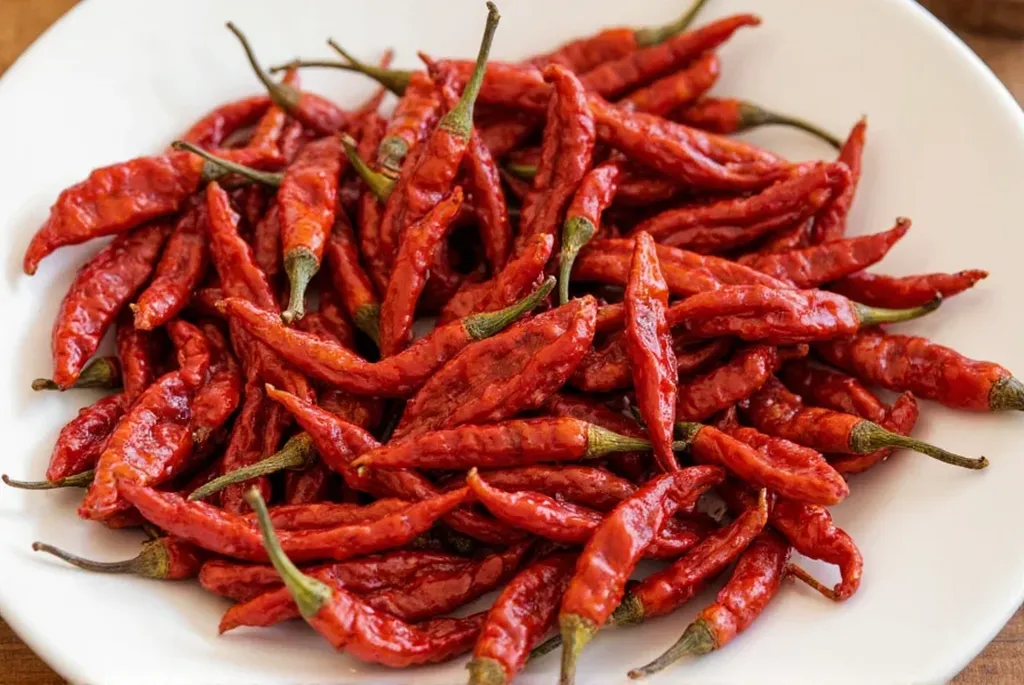In the heart of Indonesia’s bustling agricultural sector, a groundbreaking study has emerged, offering a lifeline to micro, small, and medium enterprises (MSMEs) grappling with the volatile bird’s eye chili market. The research, published in the ‘Jurnal Pangan dan Agroindustri’, delves into the effects of pre-cooling and soaking solutions on the preservation of bird’s eye chili (Capsicum frutescens) during frozen storage, potentially revolutionizing the way these prized chilies are handled and stored.
The study, led by Dego Yusa Ali from Universitas Brawijaya, explores the use of calcium chloride (CaCl₂), sodium chloride (NaCl), and calcium hydroxide (Ca(OH)₂) solutions in conjunction with different pre-cooling methods. The goal? To find a practical, cost-effective way to maintain the chili’s quality during extended frozen storage, a critical factor for MSMEs that rely on a steady supply of high-quality chilies.
The findings are promising. The research reveals that soaking solutions significantly impact all observed parameters, including color change, hardness, vitamin C content, weight change, and titratable acidity. Pre-cooling, on the other hand, influences color, hardness, and acidity. The interaction between pre-cooling and soaking solutions is particularly significant for vitamin C retention.
“Our results indicate that cold pre-cooling at approximately 5°C followed by soaking in an 8% calcium hydroxide solution yields the best results,” Ali explains. “This treatment minimizes color change, maintains high vitamin C levels, preserves texture, and keeps acidity levels stable.”
The commercial implications of this research are substantial. Bird’s eye chili is a staple in Indonesian cuisine and a vital ingredient for many MSMEs. However, the fluctuating supply often leads to price instability, creating challenges for these businesses. By extending the shelf life and maintaining the quality of bird’s eye chilies, this research could provide a much-needed buffer against supply fluctuations.
Moreover, the study opens up new avenues for future research and development in the field of agricultural preservation. “This is just the beginning,” Ali suggests. “The techniques we’ve explored could be adapted and optimized for other perishable agricultural products, potentially transforming the way we approach food preservation and storage.”
As the agricultural sector continues to evolve, research like this serves as a beacon of innovation, offering practical solutions that can drive commercial success and food security. For MSMEs in Indonesia and beyond, the future of bird’s eye chili preservation looks brighter than ever.

